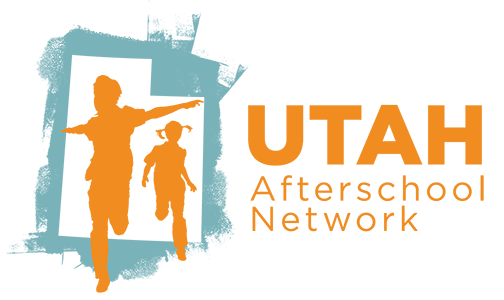Celebrate Pride with a Better Understanding!
As June draws to a close, so does Pride month, but the celebration of this community does not have to end. But what, you ask, are we celebrating? If we have learned nothing else in the last year, it is that diversity is a beautiful, complicated, exciting part of our world! Learning to understand and embrace those around us with their myriad of differences only makes us stronger teachers and mentors to our youth.
The Lingo
Many people are familiar with the LGBT part of the LGBTQIA+ acronym, but not everyone is.
- L is for lesbian, or women who prefer female partners.
- G is for gay, generally referring to men who prefer male partners.
- B is for bisexual, meaning a person may prefer either male or female partners.
- T is for transexual, or trans, meaning a person is born with an assigned sex, male or female, but they are the opposite. A biological female that is trans identifies and understands himself as a male, and we should address him as such. Same goes for a biological male identifying as a female.
- Q is generally referred to as questioning, meaning the individual feels some ambiguity and is not completely certain of their own preferences; they are exploring their own minds and emotions.
- I is for intersex, indicating a person was born with the biological aspects of both a male and a female.
- A is for asexual, meaning there is not a drive or preference for intimate relationships with either gender.
- Last, we have that sneaky plus sign. Over the years, there has become a greater understanding of the many differences there are between people in this big world. You will hear things like “two spirit” or polyamorous or split attraction, just to name a few.
The most important thing, though, is to be willing to listen to and accept your youth anywhere they happen to fall on the “rainbow,” a well known symbol of this vast community.
Supporting LGBTQIA+ Youth and Families
Showing support can be done in three small ways without ever even having a big conversation.
1 - The Rainbow
Rainbows have become a recognized symbol for the LGBTQIA+ community. Simply having a rainbow or rainbow flag in your program space is enough to signal to anyone entering that you are a friend to the LGBTQIA+ community. Jukebox Printing offers a limited number of free Pride stickers daily that could be used for this purpose. The rainbow flag is certainly the most recognizable and ubiquitous symbol, but it is not the only one. The United States flag represents the entire country, but each state has its own flag as well. So, too, does the LGBTQIA+ community. There are many flags, including the asexual flag that has black, grey, white, and purple stripes. There are too many to list, but you can learn more here.
2 - Create an Inclusive Environment
Ensuring you have books representing the community in your program is another simple way to create an inclusive environment for your youth (see a suggested list below). Stock your classroom with a variety of toys and activities that are available to all children. Ensure boys and girls are free to explore with blocks, stuffed animals, art supplies, sports equipment, superhero figures, tea sets, cars, dolls, etc. Mix up the choices regularly, adding in a wide variety so that kids have the opportunity to explore. Put your kitchen or dramatic play area to use by dresses and scarves and jewelry to superhero capes, hard hats and sports jerseys. Give children the option to try out whatever costume they feel like without gender limitations. By changing who is represented in the classroom, educators can signal to LGBTQ students that they are not alone, abnormal, or unwell and are, in fact, welcome, wanted, and important.
3 - Limit the G ender Dichotomy
ender Dichotomy
The gender dichotomy breaks individuals into two categories: male and female. However there are more than two recognized ways to address an individual. It is always a good idea to ask someone their pronouns, which are generally she/her, he/his, and they/their. There are many reasons that a person may have a pronoun that does not match their physical appearance. Consider addressing parents and youth differently. Often it is easy, and natural, to address youth and parents in ways such as, “Ladies and gentleman, can I have your attention?” or “Good morning boys and girls!” Next time, try something like, “Can I get everyone’s attention?” or “Good morning friends!” It is also important to remember that not all youth have both a mother and father in their lives. We know this is true already, but at times, youth are being raised by LGBTQIA+ parents, so be sure to consider that when speaking to your kids about their families.
No matter how you decide to show support, know that what you say and do really DOES matter! Creating an inclusive environment for LGBTQIA+ youth ensures they have a safe place to be in a world that is too often unkind to people on this spectrum. It is also a great way to teach all youth to embrace and appreciate the differences between all of us! Be sure to check out our resource library for local programs, resources, and organizations that can help you in your journey to an inclusive environment!
Suggested Book List
- All Are Welcome by Alexandra Penfold and Suzanne Kaufman
- Julián Is a Mermaid by Jessica Love
- Pride: The Story of Harvey Milk and the Rainbow Flag by Rob Sanders
- Queer Heroes: Meet 52 LGBTQ Heroes From the Past and Present by Arabelle Sicardi
- Pink Is for Boys by Robb Pearlman
- A Family Is a Family Is a Family by Sara O’Leary
- George by Alex Gino
- The Boy and the Bindi by Vivek Shraya

